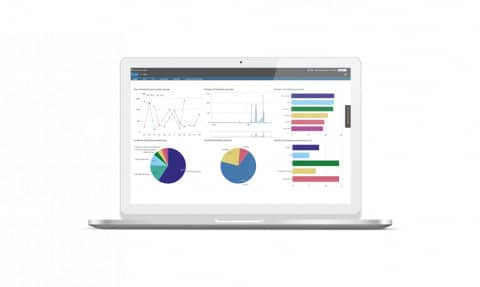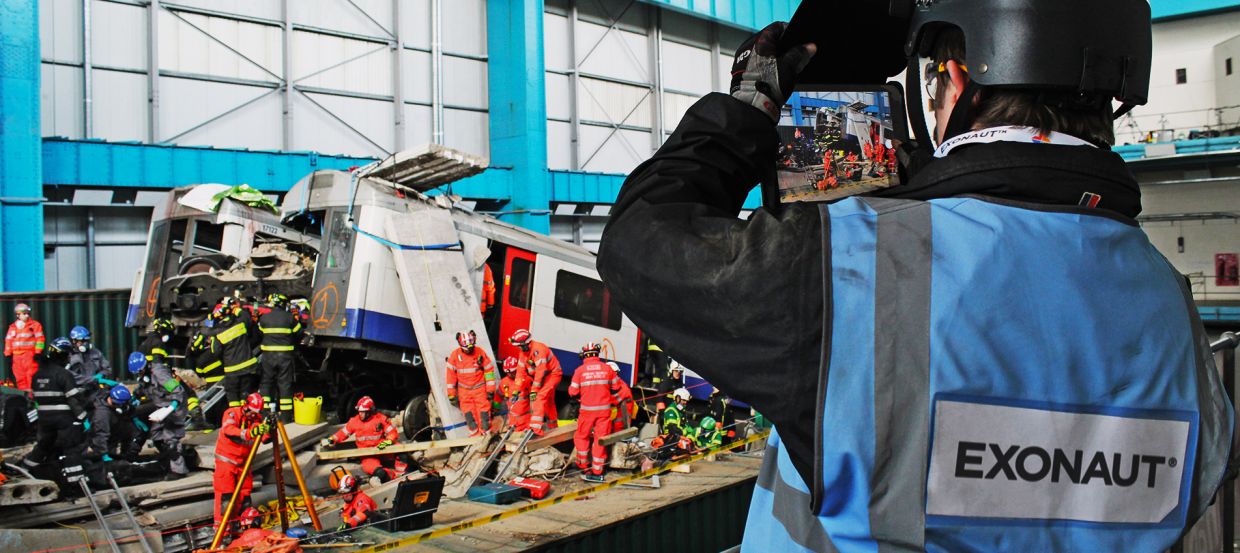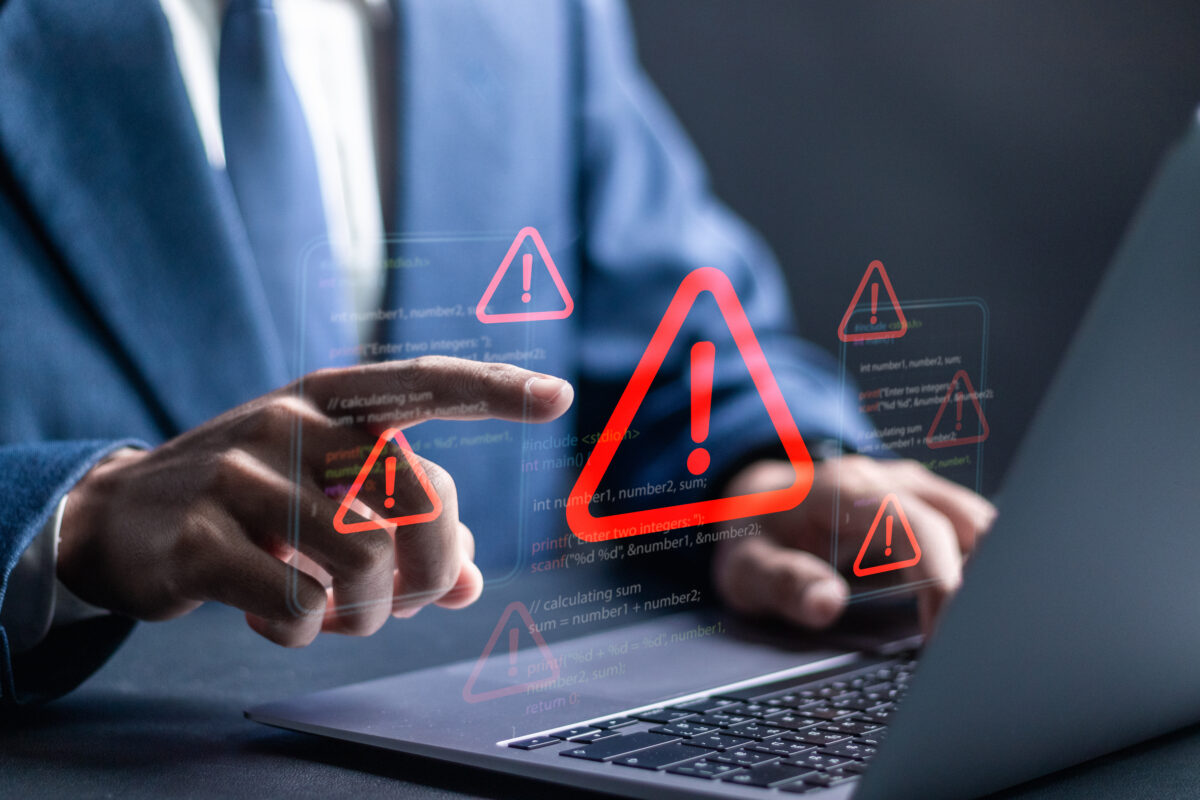Skilled crisis management is key for all organisations moving forward
Crisis management is an essential part of any operation, regardless of industry or region, public or private sector. Crises happen when they are least expected, as proven by the pandemic. But what is crisis management and how can you ensure your organisation is best prepared for a crisis?
To summarise, crisis management is the policies, plans, processes and people that can be called on in the event of a crisis that threatens to destabilise or harm an organisation.
When a crisis occurs, critical decisions must be made based on limited information and often a high degree of uncertainty. This makes it easy to say “let’s wait for more information”, however this information may never arrive and the chance is missed to act early before the crisis escalates.
The decisions taken will have a significant impact on the crises and the organisation’s wellbeing. Shareholder value, employee and stakeholder relations will all be affected. But it does not have to be negative. Acting proactively and reaching out to customers and providers can lead to goodwill and even a growth in sales as stakeholders rally to support the organisation.
- In her research on the impact of crisis management on companies listed on the US stock market, Deborah J Pretty found that there is a distinct difference between the value of companies who manage a crisis well and those that don’t. In a crisis, all companies will see their market value drop, however, after about one month, those companies that handle a crisis effectively will gain back lost shareholder value, while the others won’t. Long-term, the companies that successfully manage the crisis will see value increase by approximately 20% one year after the crisis, while those who fail will have lost about 25% of their value.
For this reason, crisis management capabilities must be analysed, tested and improved continually to ensure an organisation is in the best possible position to handle any, and every, crisis. This proactive approach is essential for modern organisations in a world where change is constant.
What is crisis management? – The definition
In its crisis management Report 2021, the Business Continuity Institute (BCI) refers to crisis management as a crucial part of achieving resilience for any modern-day organisation: it ensures the organisation is well prepared, is able to rapidly identify and respond to an emerging crisis, it has the right people involved, enables information to be absorbed and assessed to inform timely decision making and a collaborative environment is fostered.
-
What is considered a crisis?
Crises are different things for different organisations. For this reason, it’s difficult to create a de facto list of crises situations, however, this list includes some of the crises that can be faced by organisations:
-
- Cyber attacks
-
- Key software / hardware / data center failure
-
- Natural disasters
-
- Attacks through fake news and disinformation
-
- Espionage, insider trading and theft of IP
-
- Striking or boycotts
-
- Pandemics
-
- Fires and other serious damage to assets
-
- Acts of terrorism
-
- Mass resignations
One crisis often leads to multiple crises
It’s important to consider the potential scale of a crisis and the impact it can have on an organisation. Cyber attacks can lead to theft of IP; fire or boycotts can lead to mass resignations; a pandemic can lead to misinformation and a rise in cyber attacks. In other words, a crisis can quickly lead to multiple crises and your team must be prepared for these at the same time. As an example, in the public sector, we have seen how the pandemic has led to restrictions, which has led to the need to financially support businesses – which have paused operations – and their employees who have been furloughed.
The multi-level crises
One crisis can also have wide-ranging impacts on an organisation, industry, nation, and society as a whole. Therefore, they must be managed by different entities in different ways. For instance, the Eyjafjallajökull volcano grounded European airlines, stranded citizens throughout Europe, and increased pressure on rail traffic. Similarly, the recent grounding of a ship in the Suez Canal was a crisis for international commerce, for the many shipping companies impacted, and the captain and crew stuck on the vessel. These crises had to be handled differently at every level.
“If I lost all of my factories and trucks but kept the name Coca-Cola, I could rebuild my business. If I lost my name, the business would collapse.”
CEO, Coca-Cola
The Importance of crisis management
Most organisations today understand the need for a crisis management plan but not all are fully or properly prepared. The BCI found that less than half of the organisations polled in their crisis management Report 2021 had an effective crisis plan for the pandemic, and a third had a plan that was either ineffective or wasn’t used at all. It’s not hard to imagine which organisations fared the best out of those polled.
Acting proactively in a crisis can have a positive impact – in other words, every cloud has a silver lining. A 4C client in the hospitality industry has reported that thanks to open communications with customers and a clear plan of action during a crisis, they have received positive feedback in customer surveys. Another good example is from the consumer goods company that has adopted a “winning in the marketplace during a crisis” strategy. The company’s aim is to get its products on the shelves of customers faster than competitors following a crisis. In an industry where shelf space is key and can be lost quickly this strategy proves invaluable for securing their market position.
Crisis management should be applied prior to, during and after a crisis.
Pre-planning and testing
This is where you define your processes, plans and objectives, and identify the people who should be involved – ensuring a direct channel to leadership exists, should a crisis occur. Testing through training and exercises will inform you if you have prepared properly. This must be found out before a crisis occurs so you don’t discover mid-crisis that you have insufficient capabilities or are missing key people in the team.
During a crisis
Use your plans, follow your policies – you’ve put them in place for a reason, don’t go with gut feelings. By all means, re-assess mid-crisis, but do so with a sound structure in place and a qualified person or team who is not involved in managing the crisis and can therefore take an objective view.
The 4C Crisis Management Model was developed as an easy-to-use tool to support crisis management teams. Since most organisations know some of the crises they will face i.e., cyber attacks, the model can be used to plan for such crises in advance. Training with a third party that can create life-like scenarios for these will further improve response capabilities.
Post crisis
A full evaluation should take place. How did you perform? Did the plans and processes provide the support as expected? Did everybody perform to expectations? Did senior management make themselves available as needed? Can improvements be made where needed? Do you know if improvements are needed? All these questions need answering.
-
Developing an effective crisis management policy
An effective crisis management policy will guide the organisation in terms of how to approach, prepare and handle a crisis during and after the event. It’s not the plan, but it will contribute to the strategic focus and help ensure the organisation is alerted to a crisis, and that leadership agrees on the necessary steps forward, resource requirements and mandates. Typical points in a policy include:
-
- Description of the crisis management strategic approach
-
- Details on when the plan should be invoked
-
- Support for delegated authorities and their responsibilities
-
- List of key crisis management objectives
-
- Definition of crisis management capabilities and audit processes
-
- Post incident review and lessons learned processes
-
- Training and exercising requirements
- Another recommendation is that staff should be informed about the organisations crisis policy so that they have an understanding of how a crisis will be handled and how they should act.
-
Developing an effective crisis management plan
The crisis management plan is the go-to action item when you suspect a crisis is about to occur or when one is taking place. For this reason, it must be continuously updated to meet changing capabilities, threats and employee ins and outs. Typically, a Crisis Management plan includes:
-
- An invocation process – right people, to the right place at the right time
-
- Key contact details including how staff are to be contacted
-
- Defined roles and responsibilities including who is responsible for key decisions and actions
-
- Clear information channels and methods for processing information into actions
-
- Key templates including meeting agendas and decision-maker logbooks
-
- Information logs
-
- Situation report templates for use across the organisation
- Note: Since no two crises are the same, documents with hundreds of pages explaining how to deal with different crises and their eventualities are not recommended. It’s better to have trained people, a support network and a short and clear plan including checklists with key actions.
Crisis Management Teams
The task of the Crisis Management team is not to take operative action per se, but rather ensure that those who do need to act have the right prerequisites to work efficiently. The team must:
- Establish the reality. Understand and anticipate the situation based on the facts – what has happened and what actions have we taken – and assumptions – what do we assume may have happened and what do we assume may happen.
- Provide direction and guidance. Make decisions based on the organisation’s core values and top priorities and ensure that the individuals involved understand and accept the direction.
- Provide internal and external resources. Take decisions on resource requests and coordinate actions to find resources by cooperating with external parties, if needed.
- Communicate. Keep stakeholders and media (if necessary) up to date with the situation.
In a crisis, a CEO can assume control – running meetings, solving problems, taking decisions – the very things that the Crisis Management team has been set up to do. It’s important that the CEO trusts the team to handle this. Having a dedicated facilitator, who reports to the CEO during a crisis can help avoid such scenarios. This can be an employee or external partner.
Building Crisis Management capabilities
In order to build Crisis Management capabilities, you must identify your current and existing capabilities. Therefore, a thorough analysis must be performed to understand where you are, and if this is good enough, or if improvements need to be made. The best way to do this is through training and exercises that test your organisation’s capabilities and the people within it, in a life-like crisis. This provides a good measuring stick, from which to understand where improvements need making. Importantly, it also brings the people together who will have to collaborate one day in a real-life crisis. Having trained together, and got to know each other somewhat, they will be better prepared for the real thing.
Those parts of the organisation that are exposed to high risks or are business-critical should have high incident and Crisis Management capabilities and should therefore exercise more regularly and stringently. This is where most effort should be directed in an organisation.
Most importantly, never assume it won’t happen to you. As Mike Tyson famously said, “Everybody has a plan until they get punched in the face!”
-
Crisis Management software – how can it help?
As with most things today, the right digital tool brings considerable efficiencies and improves collaboration and response. Crisis Management software is no different. It will enable you to quickly alert staff and stakeholders, coordinate an effective response and enable fact-based decision making based on a common operating picture of events across the world in real-time. Furthermore, when not in the middle of a crisis it will also support effective training of staff from remote locations.
The new normal of remote working, also means that you can no longer rely on everybody gathering in a room to handle a crisis. Having a digital tool that can enable crisis teams and other stakeholders to respond to a crises in real-time from around the world or down the corridor, is essential.
Exonaut® Incident and Crisis Manager (ICM) is a web-based, end-to-end solution for incident reporting, tracking, and escalation to crisis response. Find out more about how Exonaut can help.
Software
Book a Free Demo
Request a live demo, customised to your needs, to see how Exonaut can take your incident and Crisis Management to the next level.
Yes, I want a demo
Get in contact
Incident and Crisis Management Services
Our services cover each phase of the emergency and crisis management life cycles – preparation, response and recovery – and integrates them with risk management and business continuity to ensure organisation-wide resilience.












